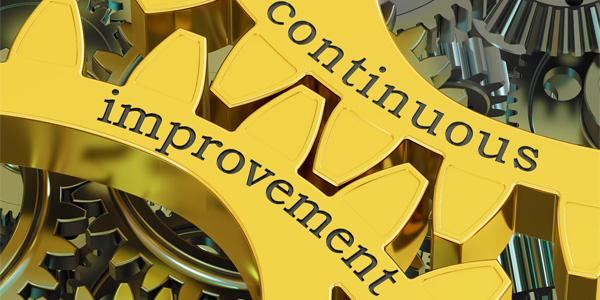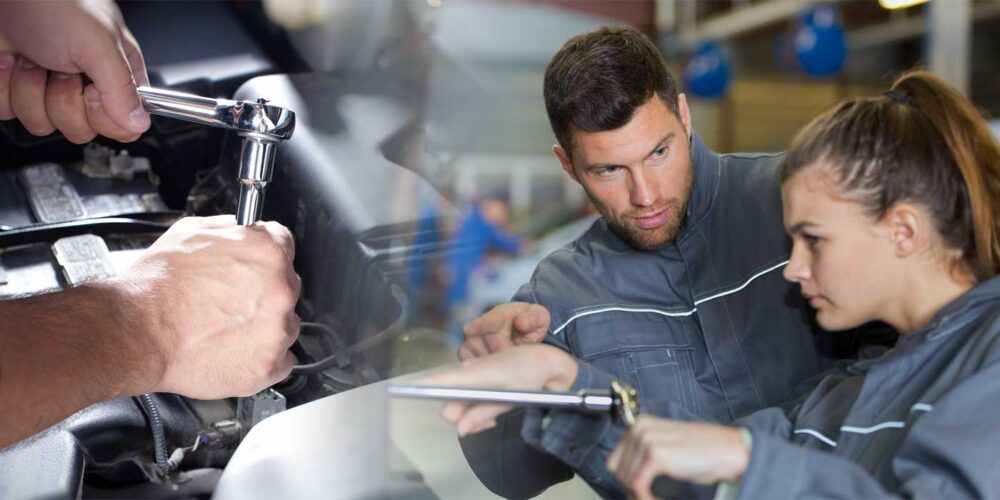This is Part 1 of a two-part series discussing the importance of having a profit improvement plan that identifies opportunities for improving your service and parts retail operations.
“If your service operations net profits are not increasing over last year and service absorption is stagnant with your CSI hovering around ‘group average,’ then I can only assume customer pay owner retention is not a top priority for your management team.” — Don Reed, CEO, DealerPRO Training
Are You Meeting Industry Benchmarks?
In order to improve your service operation’s performance and start producing the net profit you deserve, let’s first answer a few questions:
- Are your service operation’s net profits increasing over last year’s?
- Is your service absorption improving year over year?
- Is your CSI ranking in the top 10 percent of your franchise?
- Does customer pay owner retention really matter?
- Do you have an on-going training process for growing top performers?
- Are your managers leaders or administrators?
There is a lot to talk about when answering those six questions. The first five call for a simple “yes” or “no,” so obviously if you answered “no” to any of the five, then you most definitely need a plan and I’m going to go out on a limb here and answer question number six for you and say “administrators.” My reason for this answer is really simple logic. Your managers are the ones responsible for creating the results that produce the answers to questions one through five.
If your service operations net profits are not increasing over last year and service absorption is stagnant with your CSI hovering around “group average” then I can only assume customer pay owner retention is not a top priority for your management team and there is no on-going training process for your service and parts team due to a lack of leadership. This does not mean you have bad or incompetent employees and managers but what it does mean is you need a profit improvement plan — now.
The Importance of a Profit Improvement Plan
So, whether you are a dealer, a general manager, a fixed operations director or a service manager you have to have a plan. This plan must be in writing, it must be specific, it must be attainable and it must have accountability for completion.
Sounds simple enough so how do you build a profit improvement plan specifically for your service and parts operations?
Let’s begin with your most recent financial statement along with the same statement for last year and compare the two in order to answer questions one and two.
If your net is not increasing then compare your year over year sales — gross profits — expenses and determine if your sales and gross profits are too low or are your expenses too high or is it both?
We have analyzed more than 1,500 dealership financials and what we find most often is dealers are doing a good job controlling expenses but their gross profits are too low. If this is the case in your store then here are some Key Performance Indicators (KPIs) for you to use when looking for your opportunities for improvement in your service operations performance (if you are in a 20 Group then this is already done for you in your composite):
- Labor Margin @ 75% of CP Sales
- Parts Margin @ 42-45% of CP Sales
- HPRO Main Shop @ 2.5 (Yes, there are many dealers averaging 2.5)
- HPRO Quick Lube @ 1.0
- Policy Adjustment @ 2% of Total Service Gross Profit
- Service Net Profits @ 20%+ of Gross Profit
- Parts Net Profit @ 30%+ of Gross Profit
- Service Absorption @ 100%
Key Performance Metrics
OK, so there are some key financial metrics to assist you in your parts and service performance analysis and here are some Key Performance Metrics for your fixed operations management team to use in building your plan:
- # of Customer Pay and Warranty repair orders per day per Advisor @ 12-15
- Total Shop Productivity @ 120% (# of flat rate hours produced divided by # of clock hours worked)
- Parts & Labor Gross Profit produced per main shop Technician per month @ $17,500
- One-item ROs @ 15% or less
- Service Advisor’s Closing Ratio @ 50%
- Multi-point Inspection Completion Rate @ 95%
- Maintenance Menu Presentation Rate @ 80%
Once you have gathered all the information outlined above and determined where your opportunities are for profit improvement you can then move to the next phase of your plan: Change.
I’m guessing you’ve heard the saying “If you want something you’ve never had you have to do something you’ve never done.” Sounds like change is not optional and must be a part of your plan!
Look for Part 2 in next week’s newsletter, where we’ll delve into implementing changes and the training process dealerships need to provide your fixed operations team with the skills they need to accomplish their goals.














